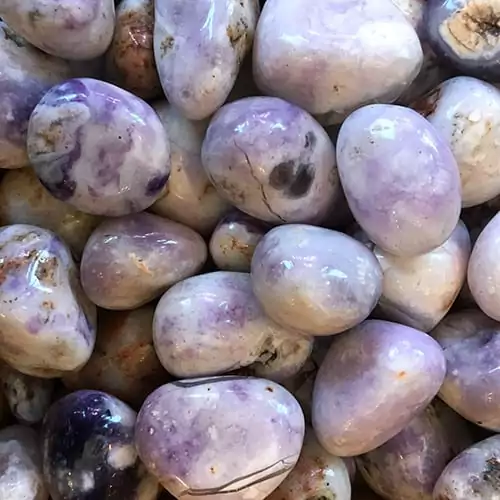

The purple-hued basil also contains lower amounts of magnesium, potassium, calcium, iron, and anthocyanins, which are flavonoids that provide antioxidant-like properties. Dark Opal basil's deep purple color can also be used as a food-grade dye for both edible and non-edible products.ĭark Opal basil is a good source of vitamin K to assist in faster wound healing, vitamin C to strengthen the immune system, and beta-carotene, a compound converted into vitamin A in the body to maintain optimal organ functioning. It is also a cut-and-come-again variety, utilized in culinary applications as a flavoring and edible, attractive garnish. Dark Opal basil can be grown in containers and is highly aromatic, repelling some insects in gardens. With the variety’s success in American gardens, being one of the most recognizable purple varieties in the modern-day, many different purple varieties were created using Dark Opal basil as a parent variety, developing a new market sector for home gardening. Dark Opal basil was one of the first dark-colored basil varieties to be created within the United States. The burgundy to purple basil is an annual, bushy plant, reaching up to sixty centimeters in height, and is faved as a specialty home garden variety, used for culinary and ornamental purposes. Dark Opal basil flowers are edible and have a mild, subtly sweet, and vegetal flavor.ĭark Opal basil is available year-round in warm climates, and the plant will flower in the mid to late summer.ĭark Opal basil, botanically classified as Ocimum basilicum, is a fragrant, pigmented basil variety belonging to the Lamiaceae or mint family. In the summer, the plants produce upright stalks with small lilac-pink flowers.

Dark Opal basil is aromatic, bearing a spice-forward, clove-like scent, and the leaves have a sweet, savory, and earthy flavor with notes of anise, ginger, cinnamon, clove, and mint. Attached to the leaves, there is a four-sided, dark red to purple stem that is semi-thick, crunchy, and fibrous. The leaves also bear a faint, iridescent sheen when in sunlight. It is important to note that the basil's color may intensify with maturity, but mottled green leaves are considered normal and common among the variety. The leaves are smooth with defined veining and serrated edges, creating a crinkled texture, and appear in variegated hues of dark purple, burgundy, and green. Dark Opal basil plants have a uniform appearance with small to medium-sized leaves, averaging 3 to 7 centimeters in length, with an oval shape tapering to a distinct point on the non-stem end.


 0 kommentar(er)
0 kommentar(er)
